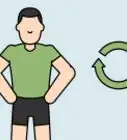This article was co-authored by Julian Arana, M.S.eD., NCSF-CPT and by wikiHow staff writer, Eric McClure. Julian Arana is a Personal Trainer and the Founder of B-Fit Training Studios, a personal training and wellness set of studios based in Miami, Florida. Julian has over 12 years of personal training and coaching experience. He is a certified personal trainer (CPT) by the National Council on Strength and Fitness (NCSF). He has a BS in Exercise Physiology from Florida International University and an MS in Exercise Physiology specializing in strength and conditioning from the University of Miami.
There are 13 references cited in this article, which can be found at the bottom of the page.
This article has been viewed 11,192 times.
You don’t need to do any heavy lifting or go to the gym just to strengthen your shoulder muscles and improve your range of motion. Strong shoulders are essential if you want to do any other kind of heavy lifting or improve your overall fitness. You may also need to work on strengthening your shoulders if you’re recovering from an injury or have limited flexibility. Remember to stretch thoroughly before doing any kind of physical activity at home.
Steps
Stretching Your Shoulders
-
1Hold each stretch for 10-20 seconds for optimal results. For each of these stretches, hold it long enough that you feel a slight burning or tingling in the muscle if you really want to benefit from the stretch.[1] While stretching, inhale for 3 seconds, hold it for 3 seconds, and exhale slowly to focus your breathing. This will also help you stay in the flow of things while stretching.[2]
- Do each of these stretching exercises twice if you really want to ensure you stay limber.
- If you’re incorporating your shoulder exercises into another workout routine, work your shoulder stretches into your other stretches.
- Stretching alone can actually strengthen your muscles! Do this daily if you’re trying to prepare for a new workout routine or want to stay flexible and limber.
Warning: If you are working on stretching your shoulders after an injury or because your muscles have been weakened, stretching is especially important. Do not skip your stretching unless you’ve been advised to do so by your doctor. Never overexert yourself past your natural range of motion.
-
2Do some shoulder shrugs to loosen up your upper body. You can do this sitting or standing. Without moving your neck, lift the tops of your shoulders straight up towards your ears until you feel a little tension. Hold it for 10-15 seconds and relax your arms. Repeat this process 5-10 times. Then, rotate your shoulders while lifting them up in a circular motion without lifting your arms. Do this for 15-20 seconds.[3]
- You can turn this into a muscle-building exercise if you’d like. To do this, hold some 10–15 lb (4.5–6.8 kg) weights at your side while doing this.
Advertisement -
3Use the wall to do chest stretches and loosen up your pectorals. Find a corner wall in your home and put your left hand flat against the wall at shoulder height. Turn your entire body away from the wall until you feel a tightness in your chest and arm. Hold it for 15-20 seconds. Then, use your right hand to stretch the other side of your body by turning in the opposite direction.[4]
- You can do this on a regular section of wall if you’re already fairly limber, but it’s easier to hold the stretch if you can push against a portion of the wall at a corner.
- Keep your arm straight and raised while doing this for optimal results.
-
4Do some overhead stretches to get your triceps and upper back ready. Take your left arm and raise it above you. Bend your elbow so your wrist hangs behind your back. Apply some light pressure to your elbow with your right hand. Hold this before swapping your arms to stretch the right side. This will stretch your upper pectoral and upper back muscles.[5]
- This is the best way to directly stretch the muscles surrounding your shoulder.
- When done correctly, you should feel some tightness in your side as well.
-
5Stretch your forearms by pulling your wrists back to your forearms. Hold your left arm up in front of you. With your palm facing down, grab your wrist with your right hand. Pull it down for 15-20 seconds before pulling it up for 15-20 seconds. Once you’ve finished doing this with your left wrist, reverse your hands to stretch the forearm on your right arm.[6]
- This doesn’t stretch your shoulder directly, but it stretches the muscles in your forearm and above the elbow. These muscles are used in basically every shoulder exercise so it’s important to loosen them up before working on your shoulders directly.
Performing Callisthenic Exercises
-
1Do elevated pushups to engage your entire upper body. Grab a chair or small footrest and get into a pushup position with your feet on the platform. Keep your arms shoulder-length apart and lower yourself until your chest is 3–6 inches (7.6–15.2 cm) from the ground. Keep your back as straight as possible while you push yourself back up to the original position. Do 5-10 reps based on your upper body strength.[7]
Tip: Regular pushups are good for the entire upper body, but elevating your feet places more of your weight on your shoulder muscles. Counterintuitively, these elevated pushups are also easier on the shoulder muscles since you’re holding your arms straight away from the shoulder instead of at an angle.
-
2Use scap pushups to improve your scapula muscles and shoulder blades. Lay on all fours with your knees resting on the ground at a 15-degree angle away from your hips. Keep your hands a little past your shoulders and lock your arms. Tighten your back muscles and lower your chest 3–6 inches (7.6–15.2 cm) to the ground without moving your arms. Lift your chest back up so that it passes your shoulder blades. Do this 10-20 times to work out your upper back, scapula muscles, and shoulder blades.[8]
- Do this on a carpet or yoga mat to avoid knee pain.
- When you get good at these, slide your knees further back away from your upper body to engage your core and chest a little more.
-
3Do raised holds or headstands to really strengthen your shoulders. Get a stable chair or platform that won’t slide around on the ground. Stand on the chair or platform and carefully lower yourself down to the floor. Elevate your back so that your body forms a symmetrical arch and steady yourself. Hold this position for 15-30 seconds to strengthen your shoulder muscles with the resistance. If you’re capable of doing a headstand, brace yourself against a wall and perform a standard headstand instead to work your shoulders out.[9]
- This is a kind of an advanced exercise. If you’re just starting to work out, reduce the angle that you’re raising yourself up to make it easier to balance.
-
4Hold a pushup for 20-30 seconds to increase muscle endurance. Get into a standard pushup position with your feet on the ground. Slide back 4–6 inches (10–15 cm) to put a little bend in your back. Hold this position for 20-30 seconds to put some light pressure on your shoulders and force the muscles to stay engaged. This is a great exercise to finish your workout since it works as a cooldown stretch at the same time as an exercise.[10] [11]
Using Weights and Resistance Bands
-
1Grab a resistance band to do some outward rotations. Let your arms rest at your sides and bend your elbows out in front of you. Wrap a resistance band around both hands. Starting with the left hand, pull the band 4–12 inches (10–30 cm) away from you. Do this 10-15 times to activate and work out your outer shoulder muscles. Repeat this process using your right hand.[12]
- Keep the hand that isn’t moving as still as possible.
Tip: The type of resistance band you use depends on your natural flexibility and strength. Get a set of resistance bands and start with the easiest one to work your way up over time.
-
2Use the same resistance band to do inward rotations. Take your resistance band and wrap it around a doorknob on a closed door. Stand with your body facing parallel to the door. Grab the band with your arm at your side and keep your elbow stretched 90-degrees away from you. Pull the band away from the door until your elbow is pressed against your stomach. Do this 10-15 times before turning around and doing this with your other hand.[13]
- Your distance from the door determines how hard this is. If you don’t feel your outer bicep tightening as you do this, stand further away from the door. Generally speaking, you should be roughly 1–2 feet (30–61 cm) away from the door depending on the band you’re using.
-
3Grab some 5 lb (2.3 kg) dumbbells to do some arm raises. Hold a dumbbell in both hands. Raise the weights in front of you at the same time to shoulder length before slowly lowering them.[14] Do this 10 times with your thumbs down and 10 times with your thumbs up. Then, raise the dumbbells away from you at your sides. Raise them to shoulder length, hold it for 1 second, and lower them to your sides. Do this with your thumbs down and up 10 times each.[15]
- You can use a lighter dumbbell if you have trouble doing this. Do not use anything heavier than 5 pounds (2.3 kg) to avoid tearing a ligament.
- This is the best set of weight-resistant exercise you can do to work out your shoulders.
-
4Use the same weights to do cross overs for your rotator cuff. To work the rotator cuff out specifically, hold the weights at your side. Lift your arms up without bending your shoulders and raise the weights above your head. Cross your right hand 2–3 inches (5.1–7.6 cm) in front of the left. Repeat this motion but put the left in front of your right the next time. Do this 10-15 times to work your rotator cuff out.[16]
- When crossing your arms above your head, you should feel a slight tightness on the exterior of your shoulder. Do not go so far that it hurts, though.
-
5Install a pull-up bar at home and do pull-ups and build muscle. Buy a pull-up bar and follow the manufacturer’s instructions to install it at the top of a strong doorway. Grip the pull up bar with your arms a little past shoulder-length. Pull yourself up and use your upper body to pull your chin up to the bar. Do 5-10 reps with your hands pointing away from you and 5-10 reps with your palms facing towards you.[17]
- Doing pull-ups can be pretty difficult if you aren’t used to them. Start slow and do as many as you reasonably can if you’re just starting out with a fitness routine.
- You can hang the pull-up bar from some rafters in your garage or basement if you prefer.
Working out a Weakened Shoulder
-
1Lift your arm up and hold it in a sitting position to relieve soreness. Sit down with your back straight against the back of a chair. Gently raise your arm out away you and hold it at shoulder level for 5-10 seconds based on what your capability. Do this 5-10 times before switching your arms. You can hold a light weight or water bottle for a little resistance if this is too easy for you.[18]
- You can work on your forward range of motion by raising your arm in front of you instead of at your side if you prefer.
Warning: You may need to strengthen a weakened shoulder if you’re coming off of an injury or you’re trying to recover from a painful workout. Consult your doctor first before doing any strengthening exercises.
-
2Use shoulder shrugs to loosen up the rotator cuff. Stand straight up and slowly lift your shoulders up without moving your chest. Let your shoulders lower slowly to the natural standing position before repeating the motion. Do this 10-15 times to loosen up your rotator cuff. If this is too easy or you’re trying to build the strength of the rotator cuff, hold a light weight or filled water bottle while doing this.[19]
- This is a great way to alleviate joint pain in your shoulders. Unless your doctor has directed otherwise, do this every day to improve the general flexibility of your shoulders.
-
3Lift a 1–5 lb (0.45–2.27 kg) weight above you to improve your range of motion. Sit straight with your back against a chair or sit on the ground in a lotus position. Grab a light weight and lift it up to your shoulder. Then, carefully raise it above your head without moving your back. Hold it for 5-10 seconds before lowering it back to the original position. Switch hands after doing 5-15 repetitions.[20]
- Only do this if you can stabilize the weight above you. Follow your doctor’s instructions regarding weightlifting if you’re recovering from an injury.
- This is a good way to build strength in your shoulder and upper back muscles.
-
4Do supine presses with weight to strengthen the joint and cuff. Put a pillow behind your upper back to raise your chest at a 15- to 20-degree angle off of the ground. Grab a filled water bottle or 1–5 lb (0.45–2.27 kg) weight in one of your hands. Carefully and slowly lift the weight directly up towards the ceiling. Lower it back to the ground and repeat this process 5-15 times to strengthen your shoulder and upper back. Repeat this process with the other hand when you’re done.[21]
- Doing a sitting version of this press is a great way to strengthen your shoulder muscles if you can manage it.
- Do not do this is you experience pain or your doctor has not recommended weightlifting with a weakened shoulder.
Expert Q&A
Did you know you can get expert answers for this article?
Unlock expert answers by supporting wikiHow
-
QuestionWhat's the best way to strengthen your shoulders for tennis?
 Peter FryerPeter Fryer is a tennis writer and coach based in Derry Northern Ireland. He completed his professional teaching tennis qualification shortly after finishing university and has been teaching tennis for over 13 years. Peter began Love Tennis Blog in 2010 and contributes to the BBC and national media outlets.
Peter FryerPeter Fryer is a tennis writer and coach based in Derry Northern Ireland. He completed his professional teaching tennis qualification shortly after finishing university and has been teaching tennis for over 13 years. Peter began Love Tennis Blog in 2010 and contributes to the BBC and national media outlets.
Tennis Instructor Having strength and mobility in the shoulder is key for a tennis player. I would recommend rubber resistance bands, which can apply pressure to the area. The elastic band can be used to replicate different tennis shots, like the forehand, backhand, and serve. Novak Djokovic is frequently seen using elastic bands especially to warm up his muscles and strengthen his tendons.
Having strength and mobility in the shoulder is key for a tennis player. I would recommend rubber resistance bands, which can apply pressure to the area. The elastic band can be used to replicate different tennis shots, like the forehand, backhand, and serve. Novak Djokovic is frequently seen using elastic bands especially to warm up his muscles and strengthen his tendons.
Warnings
- Consult a medical professional if you’ve injured your upper body and want to do some exercises at home to strengthen it.[22]⧼thumbs_response⧽
Things You’ll Need
- Resistance bands
- Light dumbbells
- Water bottle
References
- ↑ Julian Arana, M.S.eD., NCSF-CPT. Certified Personal Trainer. Expert Interview. 19 March 2020.
- ↑ https://www.military.com/military-fitness/workouts/stretching-plan
- ↑ https://ehs.ucsc.edu/programs/ergo/stretch.html
- ↑ https://www.military.com/military-fitness/workouts/stretching-plan
- ↑ https://offices.depaul.edu/environmental-health-and-safety/ergonomics/exercises/Pages/upper-body-stretches.aspx
- ↑ https://www.military.com/military-fitness/workouts/stretching-plan
- ↑ https://www.stack.com/a/shoulder-push-up-variations
- ↑ https://www.stack.com/a/why-you-should-be-performing-scapula-push-ups
- ↑ https://youtu.be/5yLcLmhhjDw?t=198
- ↑ Julian Arana, M.S.eD., NCSF-CPT. Certified Personal Trainer. Expert Interview. 19 March 2020.
- ↑ https://youtu.be/5yLcLmhhjDw?t=286
- ↑ https://www.health.harvard.edu/shoulders/stretching-exercises-frozen-shoulder
- ↑ https://www.health.harvard.edu/shoulders/stretching-exercises-frozen-shoulder
- ↑ Julian Arana, M.S.eD., NCSF-CPT. Certified Personal Trainer. Expert Interview. 19 March 2020.
- ↑ https://www.military.com/military-fitness/workouts/best-shoulder-workout
- ↑ https://www.military.com/military-fitness/workouts/best-shoulder-workout
- ↑ https://www.military.com/military-fitness/workouts/taking-care-of-your-shoulders
- ↑ https://orthop.washington.edu/patient-care/articles/shoulder/home-exercises-for-the-weak-shoulder.html
- ↑ https://orthop.washington.edu/patient-care/articles/shoulder/home-exercises-for-the-weak-shoulder.html
- ↑ https://orthop.washington.edu/patient-care/articles/shoulder/home-exercises-for-the-weak-shoulder.html
- ↑ https://orthop.washington.edu/patient-care/articles/shoulder/home-exercises-for-the-weak-shoulder.html
- ↑ https://www.ncbi.nlm.nih.gov/pmc/articles/PMC5895929/



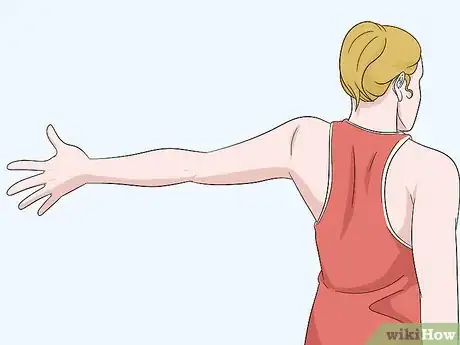


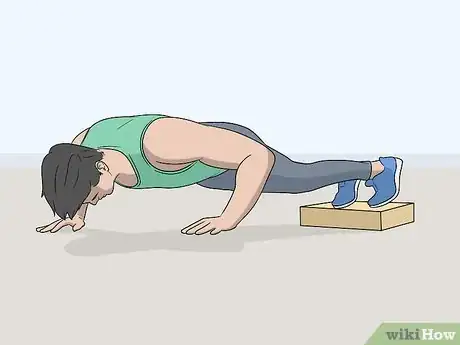
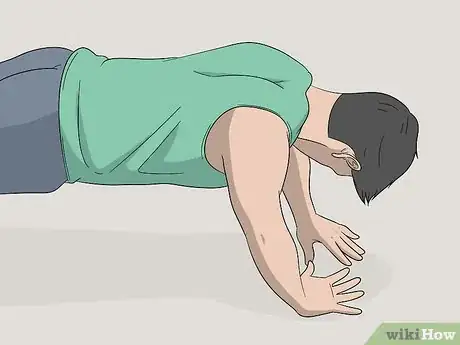


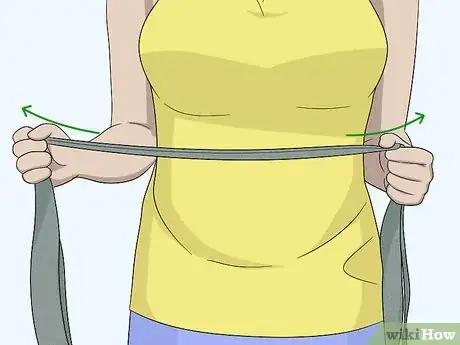
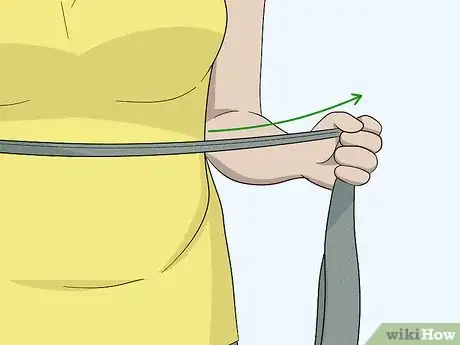


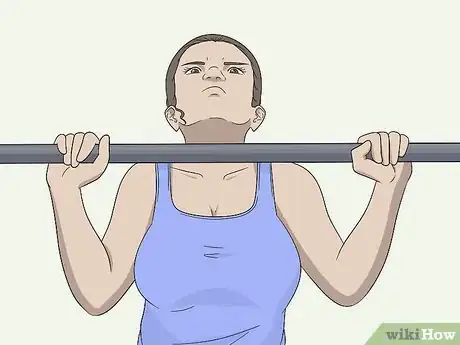
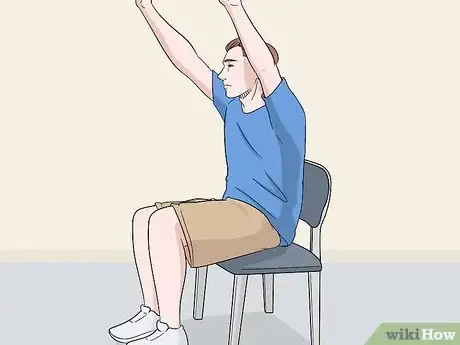
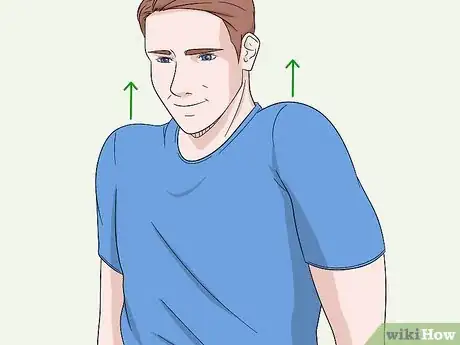

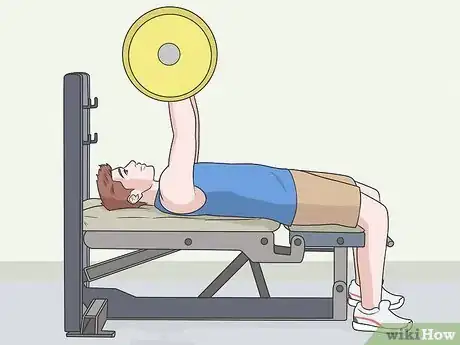



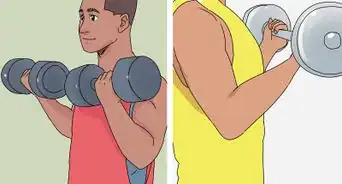

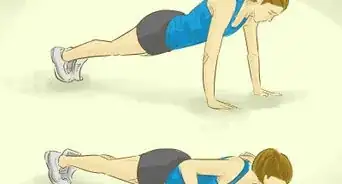
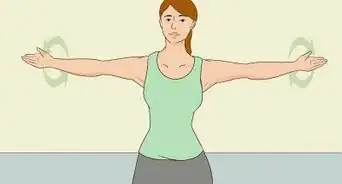
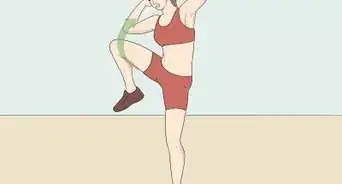
-Step-10-Version-5.webp)










